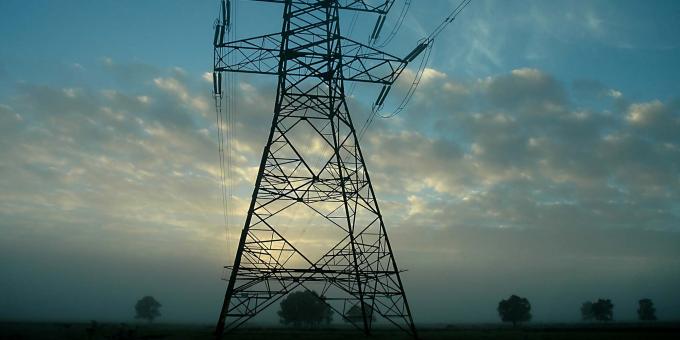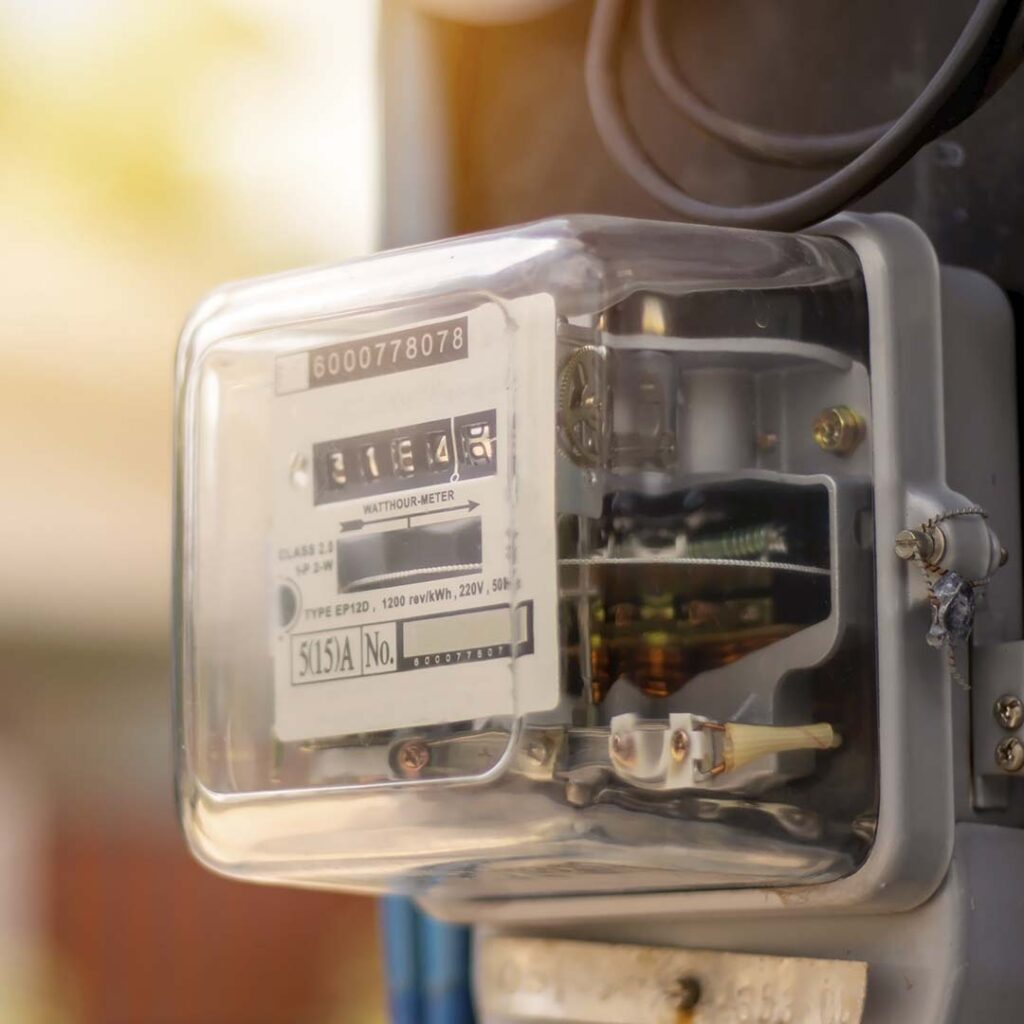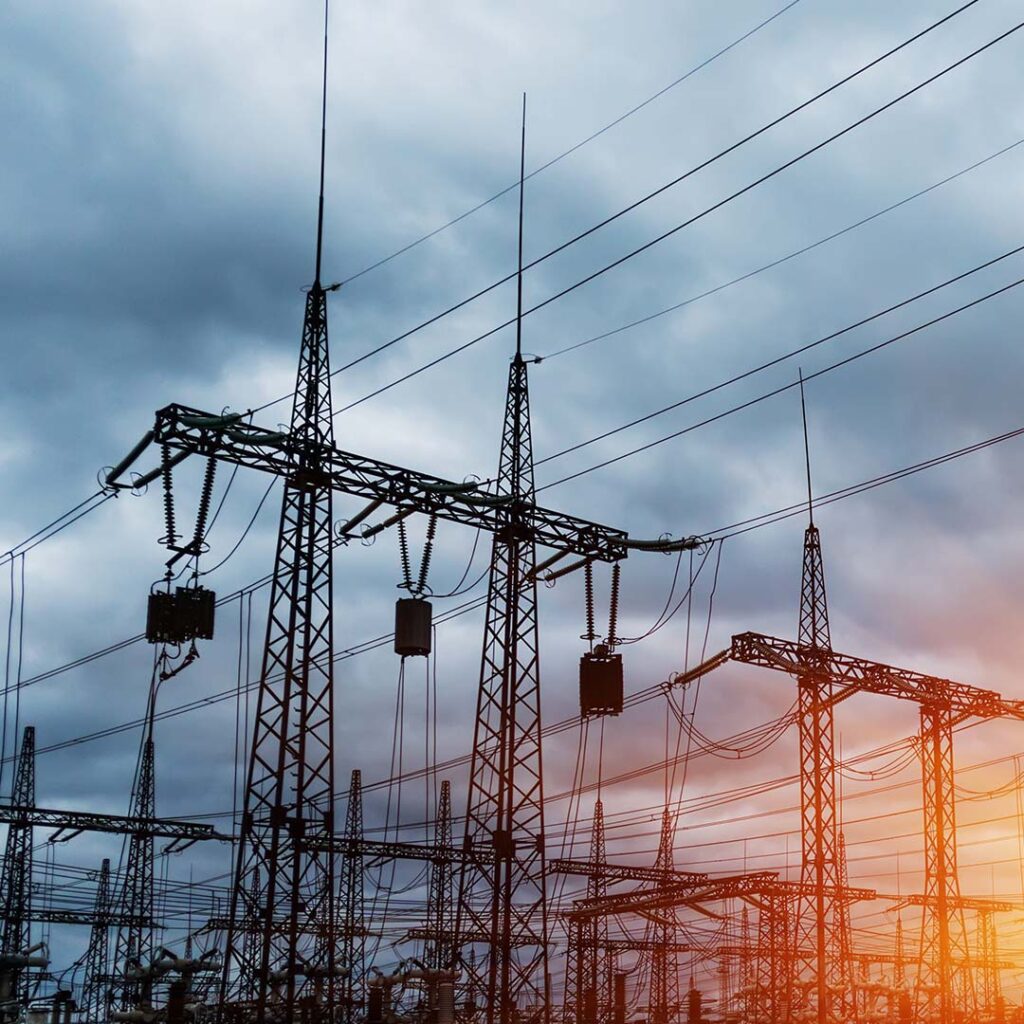
It's no secret that the generation of electricity is one of the world's biggest air polluters. According to the United States Energy Information Administration, "Electric power sector power plants that burned fossil fuels or materials made from fossil fuels, and some geothermal power plants, were the source of about 28% of total U.S. energy-related CO2 emissions in 2020." In addition to pollution that is created by the generation of electricity that is sent to the grid, the motors that use that power produce a pollution of sorts in the form of reactive power. This is also known as grid pollution and can be a big, expensive problem, especially for industrial facilities that run large motors many hours per week.
Types of Power
There are three types of power: apparent power, active power, and reactive power. Apparent power is the total amount of electricity taken from the grid into the motor. Active power (also known as real power) is what gets actually used to make the motor run. Reactive power is the energy that creates a magnetic field to start the motor. After a motor's magnetic field is started and the motor is running, the reactive power is no longer needed and must be disposed of in order to prevent problems in its activity. This reactive power is what is sent back into the grid as waste. In large scale manufacturing, this pollution has to be disposed of in order to keep the entire grid running safely. Around the globe, this results in 4.4M GwH of power wasted each year.


Standard induction drive motors have a power factor of .65-.85, which means for every 100 kw of power pulled from the grid into a motor, 15%- 35% of it is wasted reactive power that is sent back into the grid. Once the waste reaches the grid, substations filter it out and send it into the ground. Large industrial facilities are charged money by the energy suppliers to clean and dump this unused power. Not only do these facilities pay to receive the power in the first place, but they are also charged to dispose of the wasted power. This creates a greater need for more energy from grid, which means more carbon emissions are produced to meet the demand.
Maxeff is Better
In comparison, the Maxeff Motor has a power factor of .99. This means that if a motor with Maxeff technology pulls 100kw from the grid, it uses 99% of that power as active power with virtually no reactive power getting sent back into the grid. In most cases, having a Maxeff motor on your grid will generate additional power that can be used by other traditional motors in the circuit. With Maxeff, there is no reactive power and therefore no need to pay to dump the reactive power.


How to Stop Grid Pollution
Grid pollution not only affects the global carbon emission problem, but also costs companies billions each year in waste management. The Adventech technology affects 165 Billion KWh annually, translating into an annual reduction of 330 Billion Tons of CO2 emissions. As the global demand for energy increases, it is imperative that we uncover solutions that will allow us to power an advancing world while reducing carbon emissions.
The Maxeff motor by Adventech could be part of a critical solution to help achieve these goals and protect our planet for future generations. Contact us today to get started.
